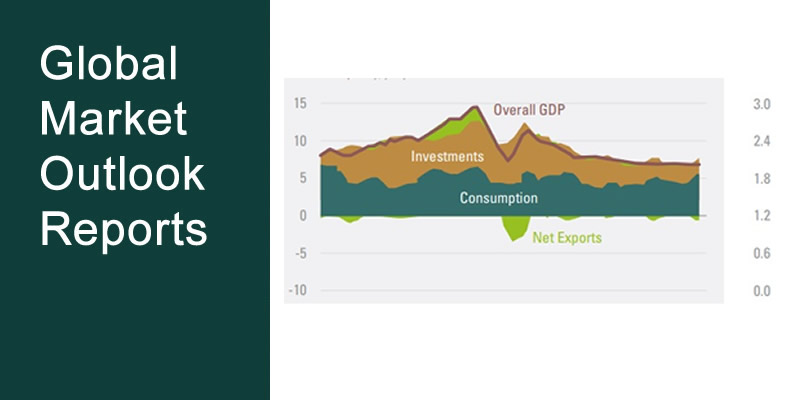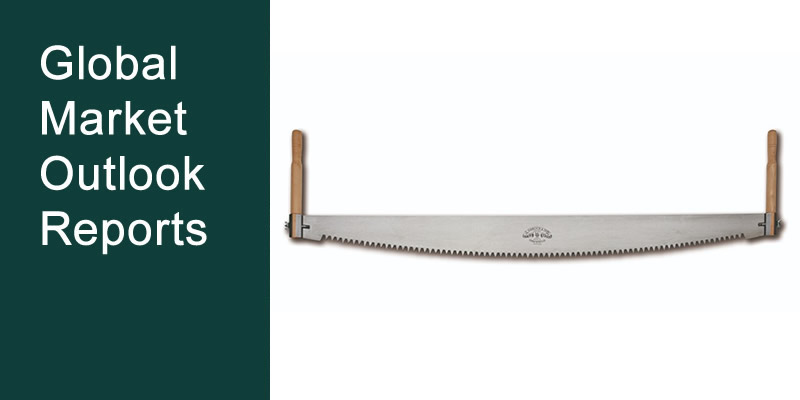


Q1 2019 Market Outlook: Après moi, le déluge – A Late Cycle Rally as Part of a Protracted Market Topping Process
Each year we begin our Q1 market outlook by holding ourselves to account for the results of the previous year’s macro strategy calls. We then give a detailed overview of what we see as the chief headwinds…

Q4 Market Outlook: From A Trade War To A Cold War?
Following the imposition of a second round of tariffs on Chinese goods and China’s concomitant imposition of retaliatory tariffs, we are – by nearly any reasonable definition of a trade war – in the heart of one at this time. There is good reason to...
Q3 Market Outlook – A Final Melt-Up
At its half-way mark, 2018 has been a tough year to make money. Investors have lost money on US investment grade bonds, on emerging debt, on US Treasuries, on European bonds, and on pretty much every major global equity market. Towards the end of the second quarter,...
Whipsaws and Other Tradable Goods – Q2 2018 Market Outlook
So far, three of the four main themes for 2018 that we shared in January’s report – more aggressive Fed rate hikes, mean reversion of low vol, and geopolitical risks from Trump’s foreign and trade policy – appear on track and our Q1 positioning...
